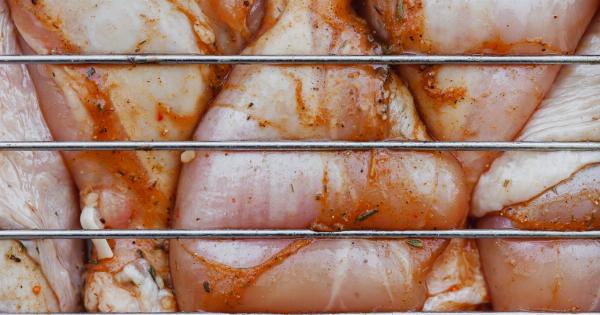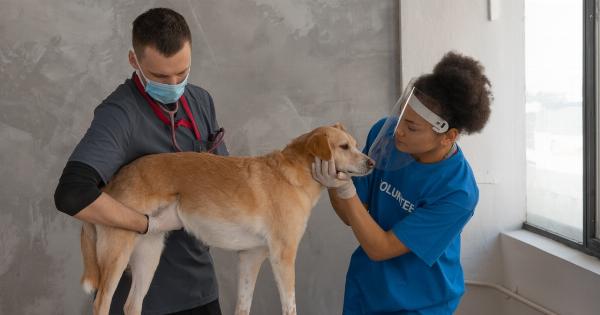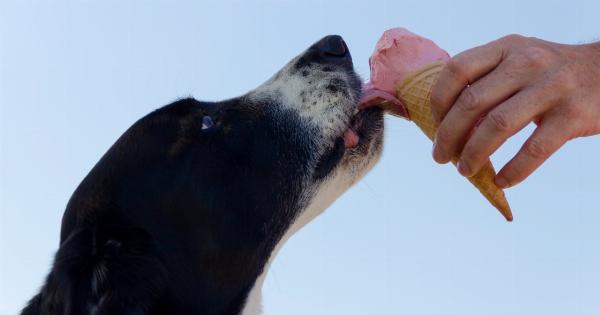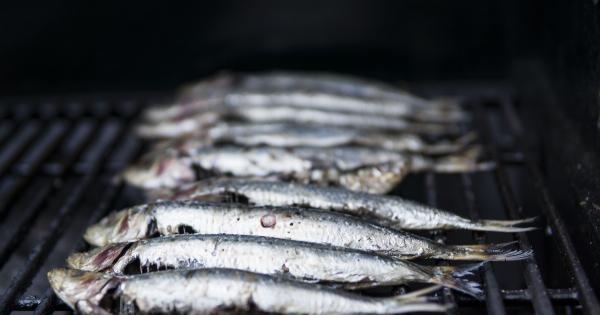Dry food is a popular and convenient choice of pet food among pet owners and for good reasons. It is easy to store, requires minimal preparation, and is more affordable than wet food. However, not all dry pet food brands are created equal.
As a pet owner, it is crucial to choose the best dry food for your pet to ensure its health and nutrition. Here are tips on how to choose the best dry food for your pet.
1. Read the labels
The first thing to do when choosing the best dry food for your pet is to read the labels. Labels provide important information about the ingredients, nutritional value, and recommended feeding amounts.
Look for pet food that lists a whole protein source as the first ingredient such as beef, chicken, or fish. Avoid food that lists “meat by-products” or “animal digest” as the primary ingredients. These can be lower-quality protein sources and can have lower nutritional value.
The label should also list the percentage of protein, fat, and carbohydrates in the food. For dogs, the protein content should be at least 18%, while fats should be between 5-8%, and carbohydrates should be between 30-70%.
For cats, the protein content should be at least 26%, fats should be between 9-15%, and carbohydrates should be below 10%.
2. Check for additives and fillers
Pet foods may contain additives and fillers such as artificial colors and preservatives, corn, wheat, and soy that can be harmful to your pet’s health.
Avoid products with artificial colors and preservatives as these may lead to allergic reactions, digestive problems, and chronic disease. Choose pet foods with natural preservatives such as vitamins C and E.
Corn, wheat, and soy are common fillers in pet food. These ingredients are difficult for pets to digest and can lead to digestive issues, allergies, and weight gain. Choose pet food with whole grains or vegetables as alternative carbohydrate sources.
3. Consider your pet’s age and health needs
Just like humans, pets have different nutritional needs depending on their age and health condition.
Puppies and kittens need food that is higher in protein and fat to support their growth, while senior pets need food that is lower in calories to prevent weight gain and provide joint support.
If your pet has a health condition such as allergies, arthritis, or kidney disease, consult with a veterinarian to determine the best dry food that meets its nutritional needs.
4. Quality over price
Not all expensive dry pet foods are of high quality, and not all affordable dry pet foods are low-quality. Don’t base your decision solely on price but consider the quality of ingredients and nutritional content.
Low-quality pet foods may be cheaper, but they can lead to health problems and incur vet bills in the long run.
5. Check for recalls and reviews
Before settling on a particular brand of dry pet food, check if there have been any recalls of the brand. Pet food companies may recall their products due to contamination, mislabeling, or quality issues.
It is important to know if the brand you want to choose has had any such incidents in the past.
Reading reviews from other pet owners can also give you an idea of the quality and suitability of a pet food brand for your pet.
6. Introduce dry food gradually
When introducing dry food to your pet, it is important to do so gradually. Sudden changes in diet can lead to digestive problems such as vomiting and diarrhea.
Start by mixing a small amount of the new dry food with the old food over a week until your pet gets used to the new diet.
7. Store the food properly
Storing dry food properly is important to maintain its nutritional value and quality. Keep dry food in a cool, dry place away from direct sunlight or moisture, and make sure the bag is sealed tightly.
Purchasing small bags of dry food instead of big ones can also help to prevent spoilage.
8. Offer fresh water alongside dry food
Offering fresh water alongside dry pet food is important as it helps to prevent dehydration and aids digestion. Make sure to change the water frequently and keep the bowl clean to prevent bacterial growth.
9. Monitor your pet’s weight
Regularly monitoring your pet’s weight is important to ensure that it is getting the right amount of food and to prevent obesity. Overfeeding your pet, even with the best dry food, can lead to weight gain and cause health problems in the long run.
Follow the recommended feeding amounts on the label and adjust accordingly based on your pet’s activity level and weight loss/gain.
10. Switch dry food if necessary
If your pet is not responding well to a particular brand of dry food or shows signs of allergies or digestive problems, it is important to switch to another brand or consult with a veterinarian.
Every pet is different, and what works for one may not work for another.






























